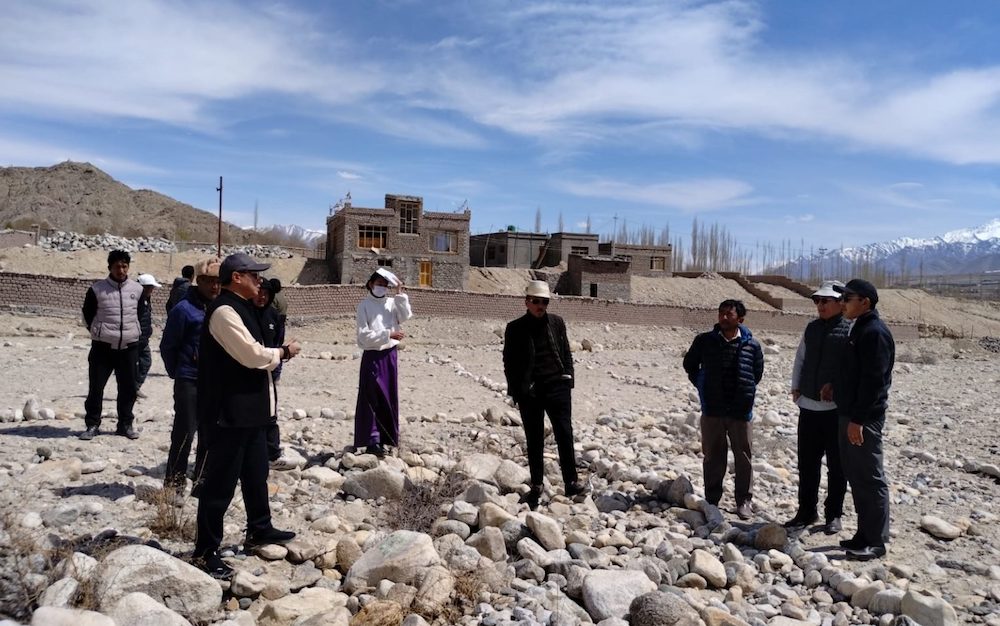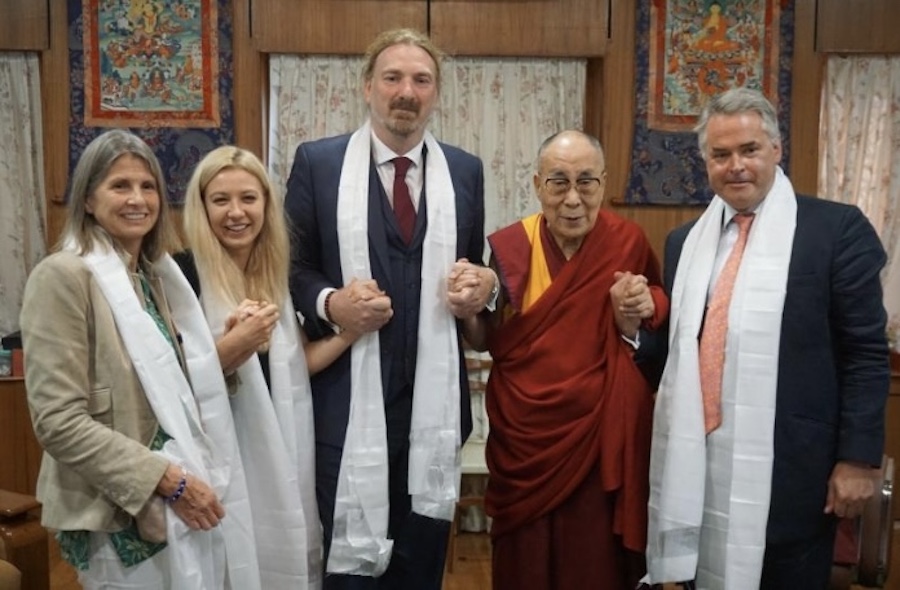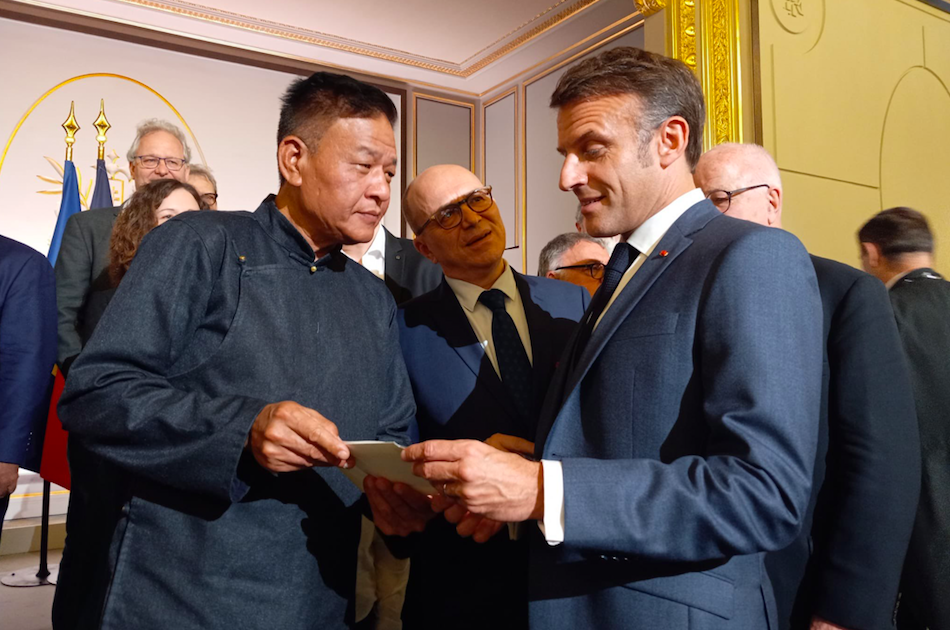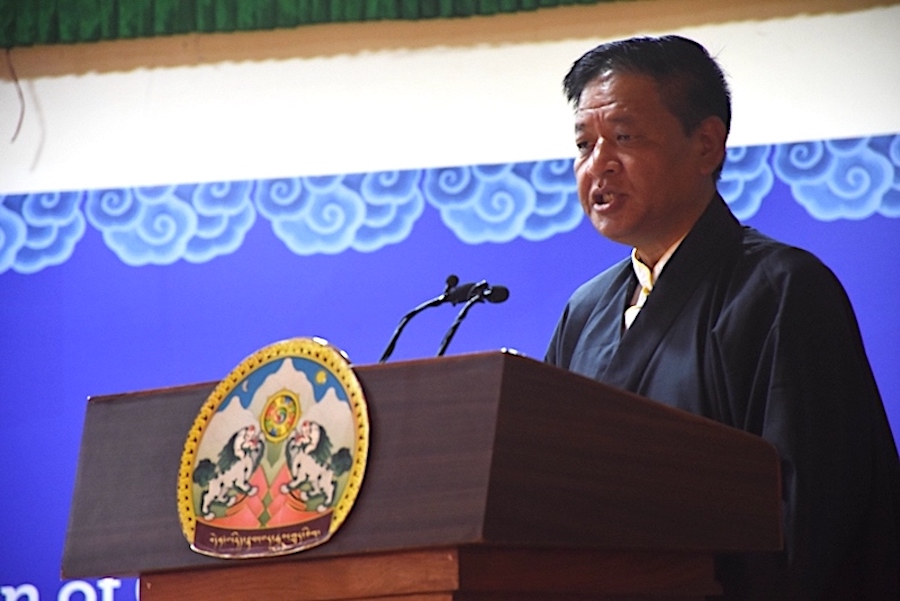By M.R. Narayan Swmay
New Delhi, November 21 – From India’s north to south and west to east, the widely dispersed Tibetan community has taken to the streets to protest Chinese President Hu Jintao’s visit and to demand freedom for their homeland.
Although the main action of the demonstrators has been naturally the Indian capital, protests of varying kinds have occurred all across the country that is home to around 100,000 Tibetans.
Noisy protests have been reported from Dharamsala, Shimla, Dehradun, New Delhi, Siliguri, Shillong, Baroda, Mumbai, Mysore and Bangalore, Karnataka is home to the largest Tibetan concentration in India.
Tibetan activists say some smaller towns have also seen candle light vigils, street marches, distribution of pamphlets, relay hunger strikes and even musical concerns – all for the cause of Tibetan independence.
“There is great resentment against Chinese rule over Tibet,” said Tempa Tsering, the official representative here of the Tibetan spiritual leader Dalai Lama’s government-in-exile.
“Even Tibetans who have never seen Tibet or don’t speak Tibetan want to see their homeland free. The demonstrations are a reflection of that thinking,” the Tibetan envoy told IANS.
Pema Thinley, the Tibetan editor of the monthly Tibetan Review magazine, added that the largest demonstrations, drawing hundreds, took place in New Delhi. He said Indian friends of Tibet also joined some of the demonstrations.
India has a huge Tibetan community, many members of which made this country their home along with the Dalai Lama when he fled his homeland in 1959. Each time a Chinese leader visits India the Tibetans make their presence felt.
India considers Tibet as part of China and does not recognise the Dalai Lama’s government-in-exile in Dharamsala, but New Delhi has given full support for the promotion of Tibetan culture.
At times, however, these demonstrations have taken ugly turns, when the Tibetans have tried to storm the Chinese embassy or come in the way of Chinese motor convoys, embarrassing Indian authorities.
This time, the Tibetan Youth Congress (TYC), the most militant of all Tibetan groups, teamed up with several Tibetan NGOs to put up a spirited show.
Also taking part in the anti-Hu protests are members of Gu Chu Sum, which groups former political prisoners from Tibet. The Tibetan words stand for the numbers 9, 10 and 3 – being the three months in 1988-89 when a wave of anti-China protests swept Tibet.
“We have had every encouraging response this year,” said TYC information secretary Dhondup Dorjee. “For the first time the police allowed us to have a relay hunger strike near Jantar Mantar (monument in the heart of Delhi).”
Asked why he thought this happened, he replied: “It could be an indirect way of expressing India’s support. Or the police might have thought we will stay out of mischief if all of us gather in one place.”
Despite official precautions, the Tibetans have been daring – as usual.
On Monday evening, shortly after Hu arrived here, four Tibetan students from Delhi University sprinted towards a road the Chinese leader had just taken, all the time shouting anti-China slogans. They were detained.
On Tuesday, five Tibetan boys were detained when they raised pro-Tibet slogans and tried to unfurl the Tibetan flag near the Hyderabad House, the venue of the India-China official talks.
Even before Hu arrived here, Tibetans living in Delhi and coming to the capital from northern India came under police surveillance.
Policemen have taken up positions at the main gate of the Tibetan Youth Hostel here where the Tibetan Review’s editor lives along with 175 Tibetan students.
Thinley told IANS: “They try to stop people from going out. But even before the cops arrived, many of the boys simply moved out of this hostel.”
Do the Tibetans have any hopes of seeing their homeland free one day?
Dalai Lama representative Tsering said: “Surely we cannot lose heart and get disheartened. There is always a possibility… One of the most important things is to keep hopes alive. That is the underlying idea.”









